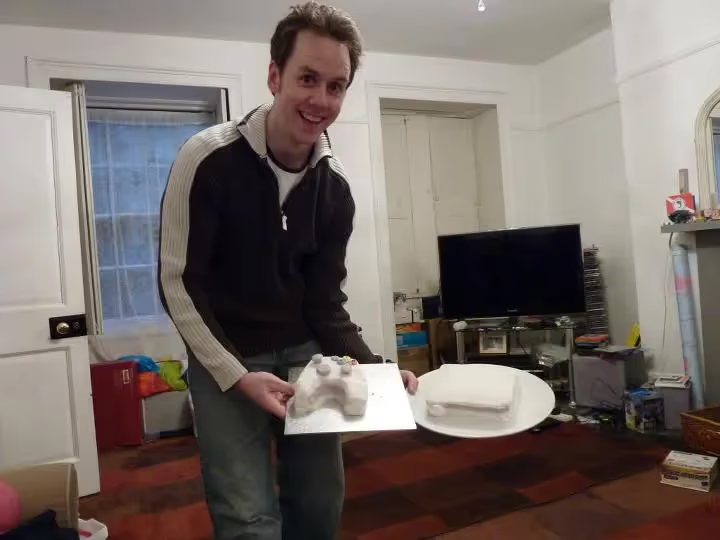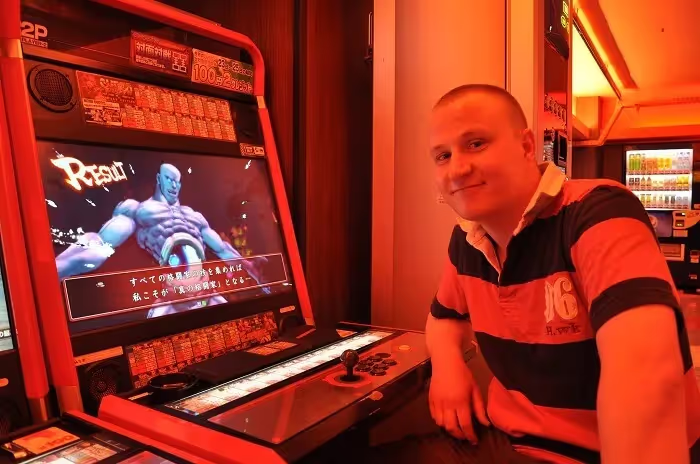No Man’s Sky is a game that doesn’t want you to look backwards, not at the game it once was, nor at the many planets you’ll leave behind as you jump through its multitude of galaxies. As the name of its latest free update suggests: No Man’s Sky NEXT wants you to focus on the future, it’s a game that wants to be caught up in its own vastness, a grand story told across countless planets, ecosystems and stars. A shame then that it’s also confusingly tangled up in the micro, the busywork of mining rocks and crafting resources which deplete with alarming frequency. NEXT brings with it a whole host of new enhancements, not least in terms of crafting, base building and a proper multiplayer but still often feels like a game that can’t help getting in the way of its own sense of fun.

There’s an overwhelming amount of new elements to get your head around in NEXT but a helpful blend of objectives and written tutorials (even if they are buried in the menus and scant with details) help to orientate yourself. First, there are the new crafting elements: launch fuel is now made with a combination of di-hydrogen, a blue crystal found on nearly every planet and metal plating which is made from ferrite dust, basically moon dust obtained from shooting rocks — you’ll do a lot of it.
Then, there’s the portable Refiner which turns base elements into more complex ones that recharge weapons more efficiently or are necessary for crafting advanced technologies and materials. This should add a new layer of depth to the crafting mechanics but often it feels like extra busy work, as now you have to refine copper in chromatic cetal then combine it with condensed carbon (refined from carbon, fueled with… more carbon) to make antimatter, the new element needed to craft a warp cell, and then you have to make the antimatter casing out of carbon and oxygen and... do you see where we’re going with this? Thanks to an increased abundance of elements you’ll never be short of things to zap; it’s more a test of patience than skill, especially with a menu system that remains fiddly to navigate and transfer items between.

Base building is dramatically improved and they can now be built anywhere with the help of the new Base Computer. Once crafted you can build underwater, on top of mountains or carved into a rock face and, with new components and design options, make a truly unique structure that you’ll actually be able to find again once you build a handy Teleporter. But NEXT doesn’t just hand these over, you’ll need to exchange blueprints for components either through trade with nanite clusters (a new currency awarded from scanning and uploading discoveries and other various activities) or with salvage modules found from buried technologies which you literally have to dig up — nothing in NMS is easy.
The building process is still fiddly as heck, mind you, on console requiring careful manoeuvring of the D-pad to access the right component and then awkwardly swinging your character around to the best position with some components snapping into place while others refuse to comply. If you’re feeling limited by all this there is a creative mode which allows for building without the need to stop and gather more resources. Being able to make a little ‘home’ (however ramshackle in our case) in a world of endless new discoveries is most welcome and it provides a place to invite others to visit and collaborate on in the now fully fleshed out multiplayer.

Multiplayer is now fully integrated with the option to invite friends along to explore space with you, undertake Freighter missions together or just hang out at one another’s base and see the sights. Recontextualised in this way, NEXT starts to make more sense: space is fun and all, but space with friends is even better and some of the tedious elements fade away into the background when playing with you pals. You can also drop into random people’s games to check out their bases (which feels very Animal Crossing) or cause a bit of trouble if you’re so inclined. Bug patches are still being released and more than once we experienced a fair bit of lag jumping from planet to planet in multiplayer. For those of you that would prefer to scream silently alone in space, there’s always the option to turn everything off, including those weird floating orb things.
The graphics have also been treated to an overhaul which adds extra detail and textures to starships and buildings, as well as an improved variety of environmental features such as clouds and caves. When combined with the ability to fly low over planetary terrain to scope out interesting features it really does mean that NMS has never looked so appealing, nor so darn, well, spacey. The addition of a third-person perspective for both your avatar and spaceship is cleanly executed and accessed through the quick menu, meaning you can switch easily to first-person when entering combat for a better aim. An Appearance Customiser, which can either be crafted or found on space stations, and a set of gesture animations give a sense of individuality that was only hinted at previously. There’s more reason than ever to linger in photo mode, as the environments and lurid colour schemes make for irresistibly Instagrammable shots. New missions feed into this also with specific photography assignments alongside offerings such as feeding animals (who boast an updated AI), Freighter combat and archaeology missions, giving you even more things to do in-universe and up your Guild rankings.

Conceptually NMS is a gamer’s dream, an open-world space sandbox yours to explore; it’s why it caught the attention of so many players who then fell victim to their own (and the media’s) hype. That’s by-the-by now since, NEXT feels much closer to the NMS experience it was intended to be. Sean Murray has said on Twitter that he wanted you to feel, “like you had stepped into a sci-fi book cover” and he’s gone some way to achieving this, both visually and in the narrative scope of the game. Sadly, though, in practice the gameplay remains at times obtuse, tedious and frustrating. Despite this it is also surprising, rewarding and full of intrigue: a dichotomy that’s annoying in itself. It's a game that lingers in your mind after playing; there’s so very much to do in NMS, a feedback loop of crafting, exploring and upgrading that keeps you coming back for more, made only more complex by NEXT’s updates to crafting and base building. It’s not always fun but it is engaging. It’s easy to look up from NEXT, hours having passed, and feel like you’ve made just a small dent in the vast swathes of space; it threatens to overwhelm, but there is a sense of progress nonetheless every time you play.

And then just as you are starting to warm to the game, to believe you truly are a space explorer intent on some mysterious mission, a stupid bug will pop up, like not generating a broken component for you to fix on a Freighter causing you to lose an hour trying to work around it, or a Sentinel hunting you down for trying to do one of the fundamental mechanics of the game, or you’ll find yourself staring off-screen in a trance as you blast moonrock after moonrock, mining that all-important dust you need to craft your launch fuel. For some these easy repetitive tasks become almost meditative, but what is a relaxing balm for others is an irritating hold-up for those who are impatient to explore the wider world the game teases you with.
The problem is NMS wants to have it both ways: to let you tell a grand space opera against a backdrop of galaxies and far-flung stars, but it can’t resist pushing you down into the dirt and the never-ending busywork of mining and refining. NMS can feel endless and pointless but it doesn’t have to be: if you can accept its flaws there’s a fun game to be found buried beneath all its menus and moondust. In the end, NEXT proves that space really is what you (re)make it.
You can subscribe to Jump Chat Roll on your favourite podcast players including:
Let us know in the comments if you enjoyed this podcast, and if there are any topics you'd like to hear us tackle in future episodes!




